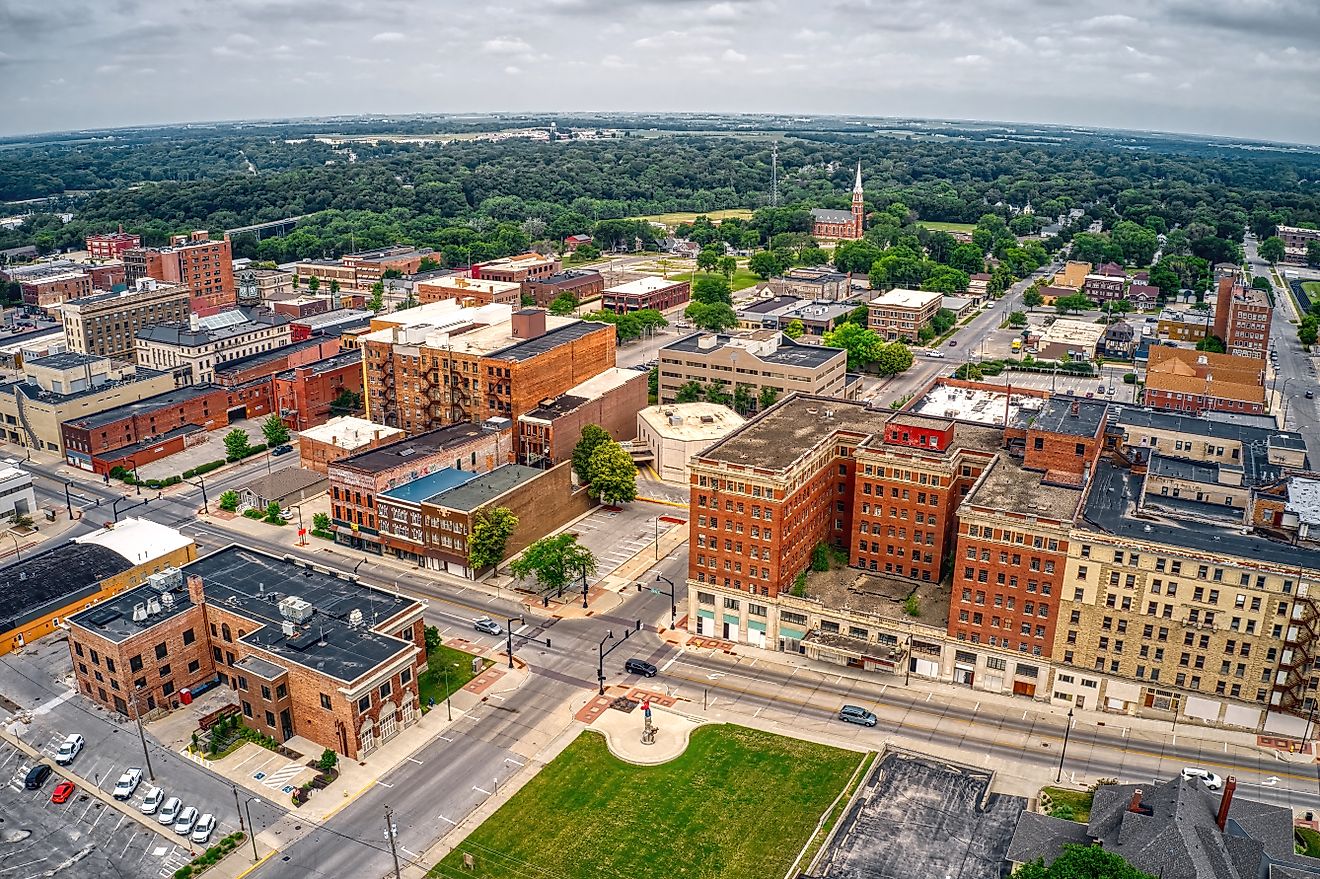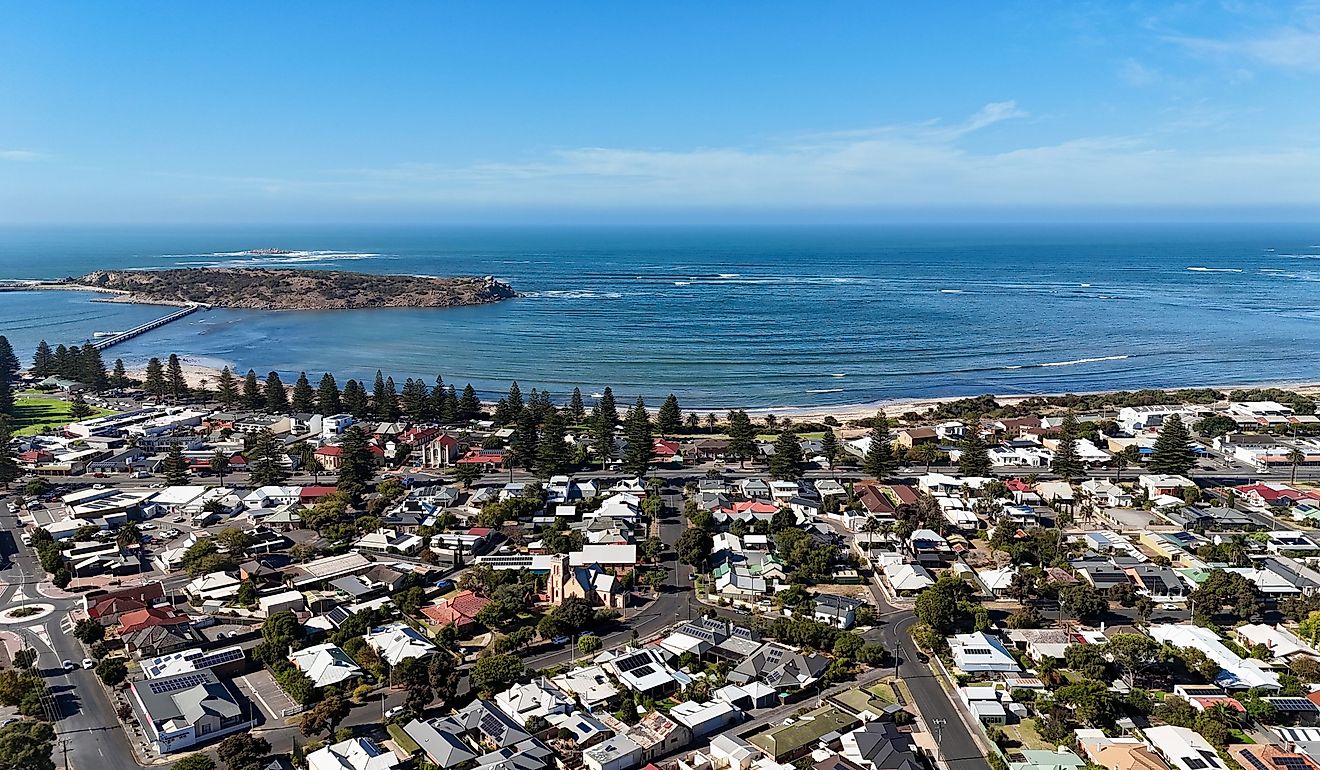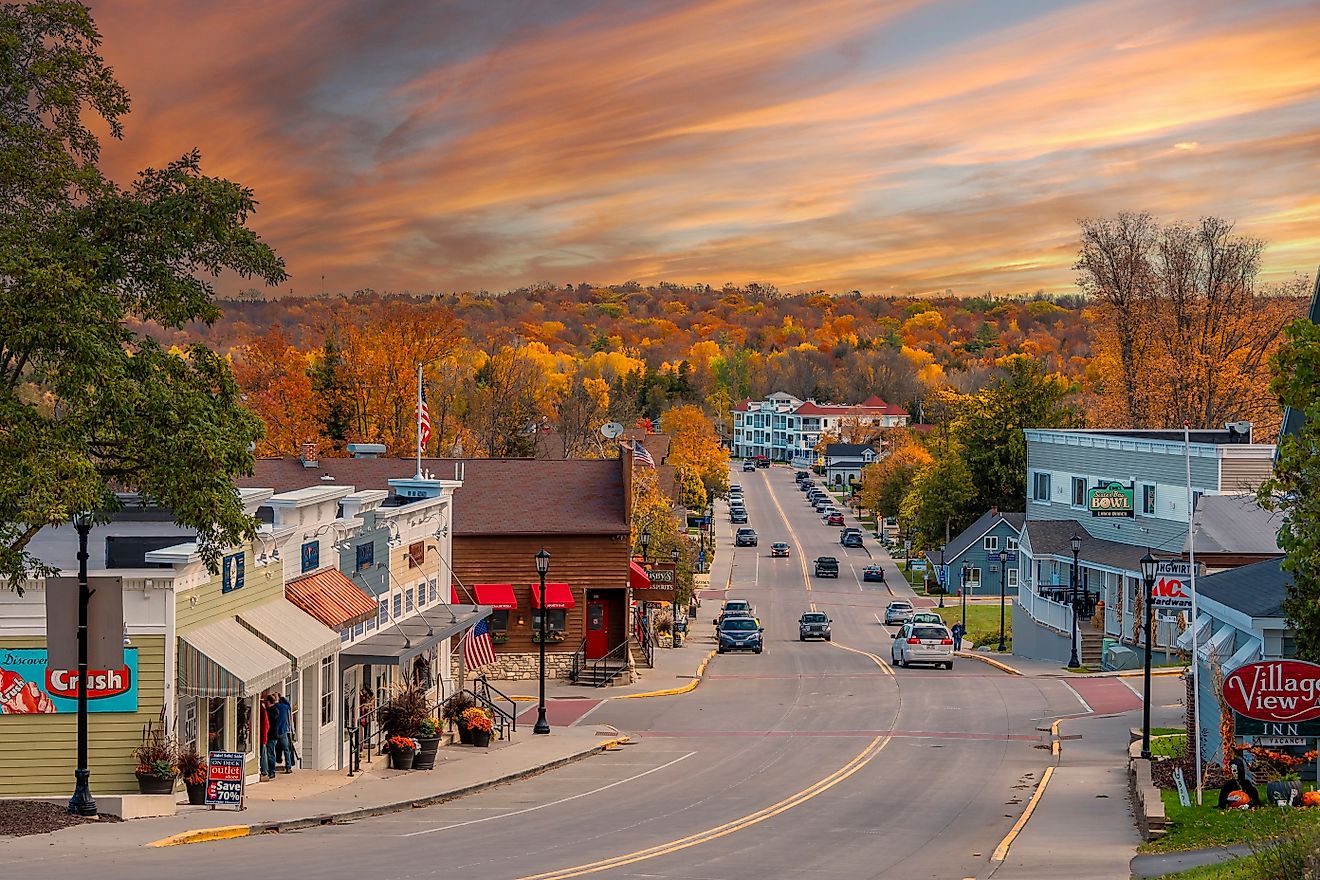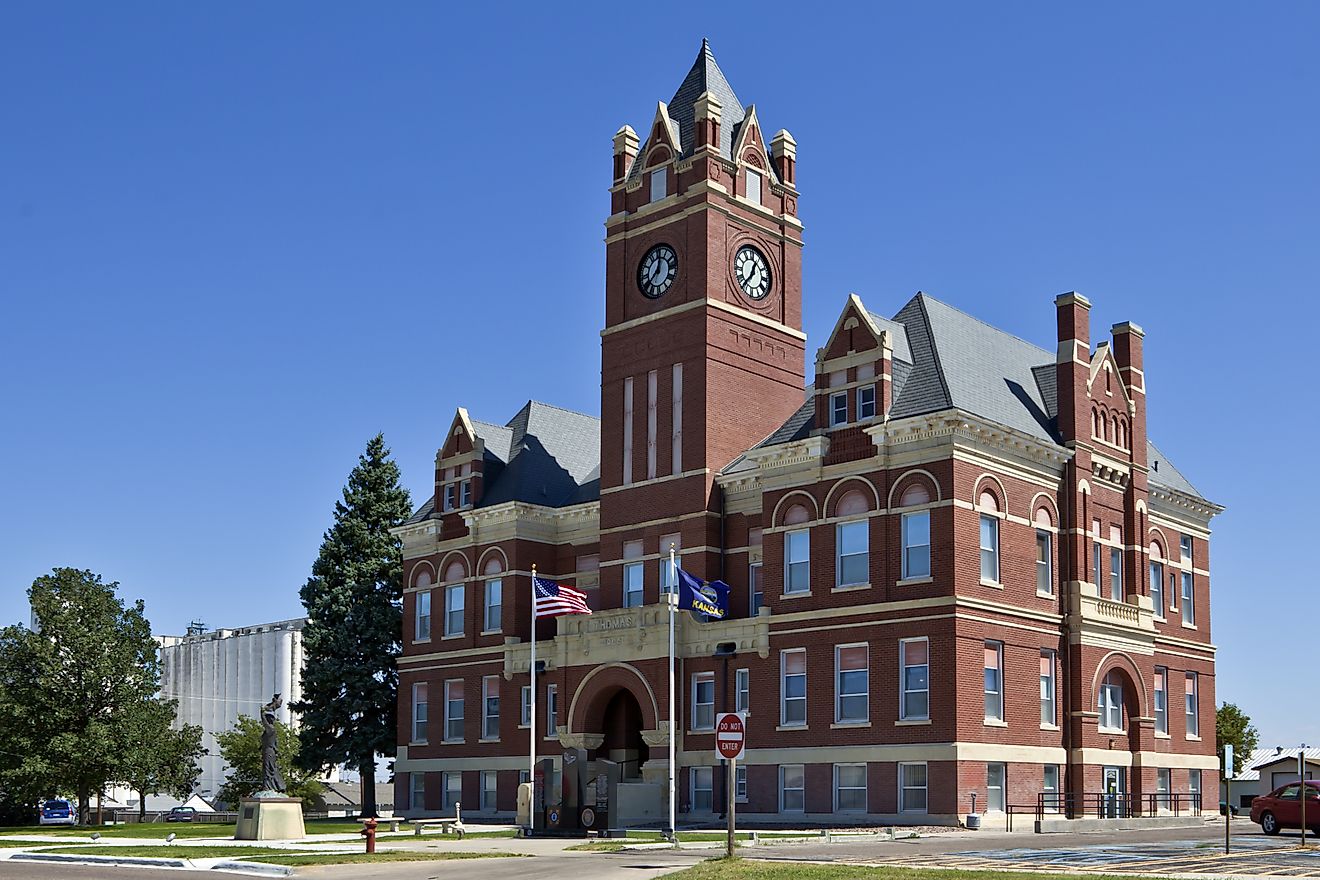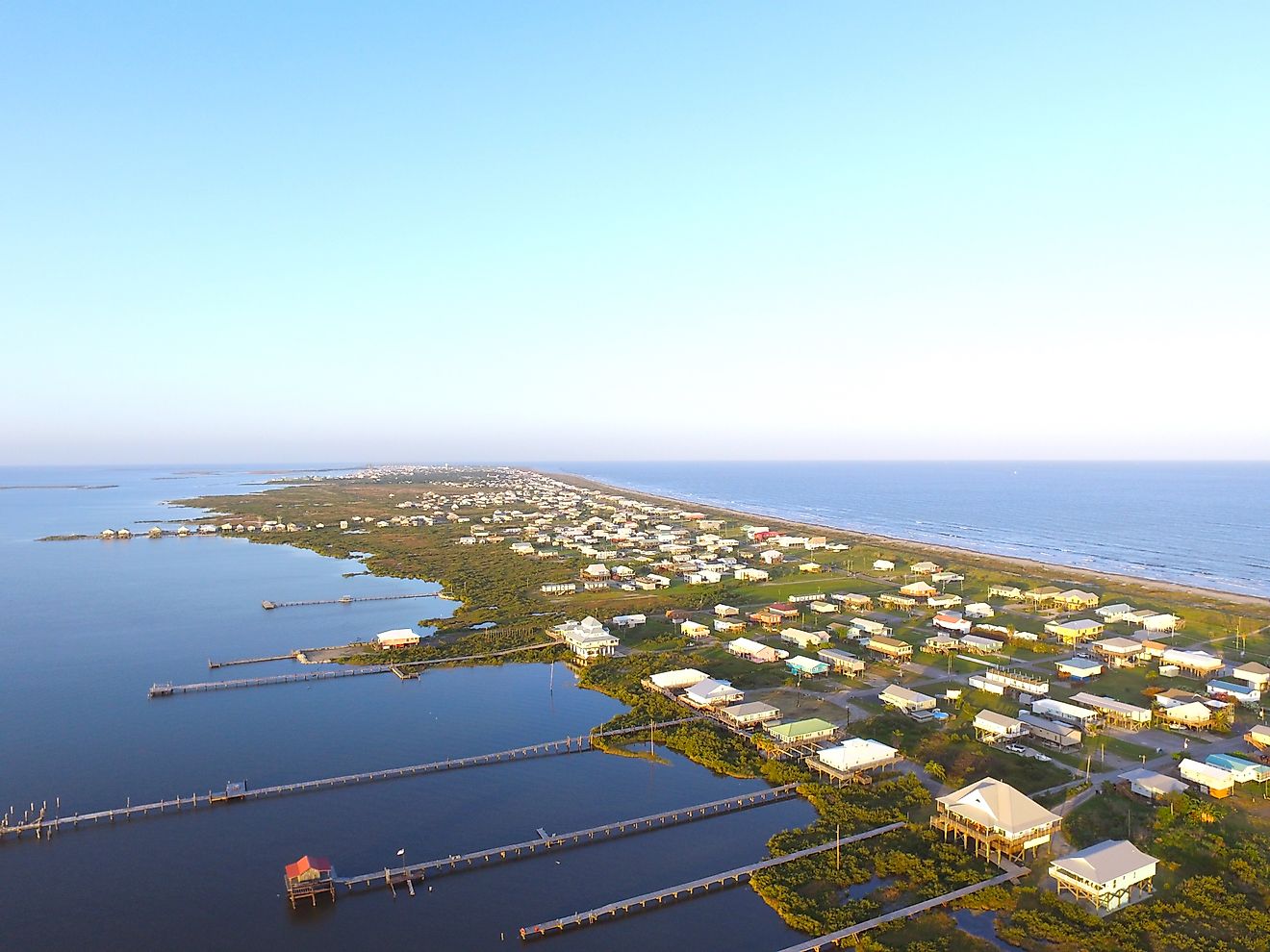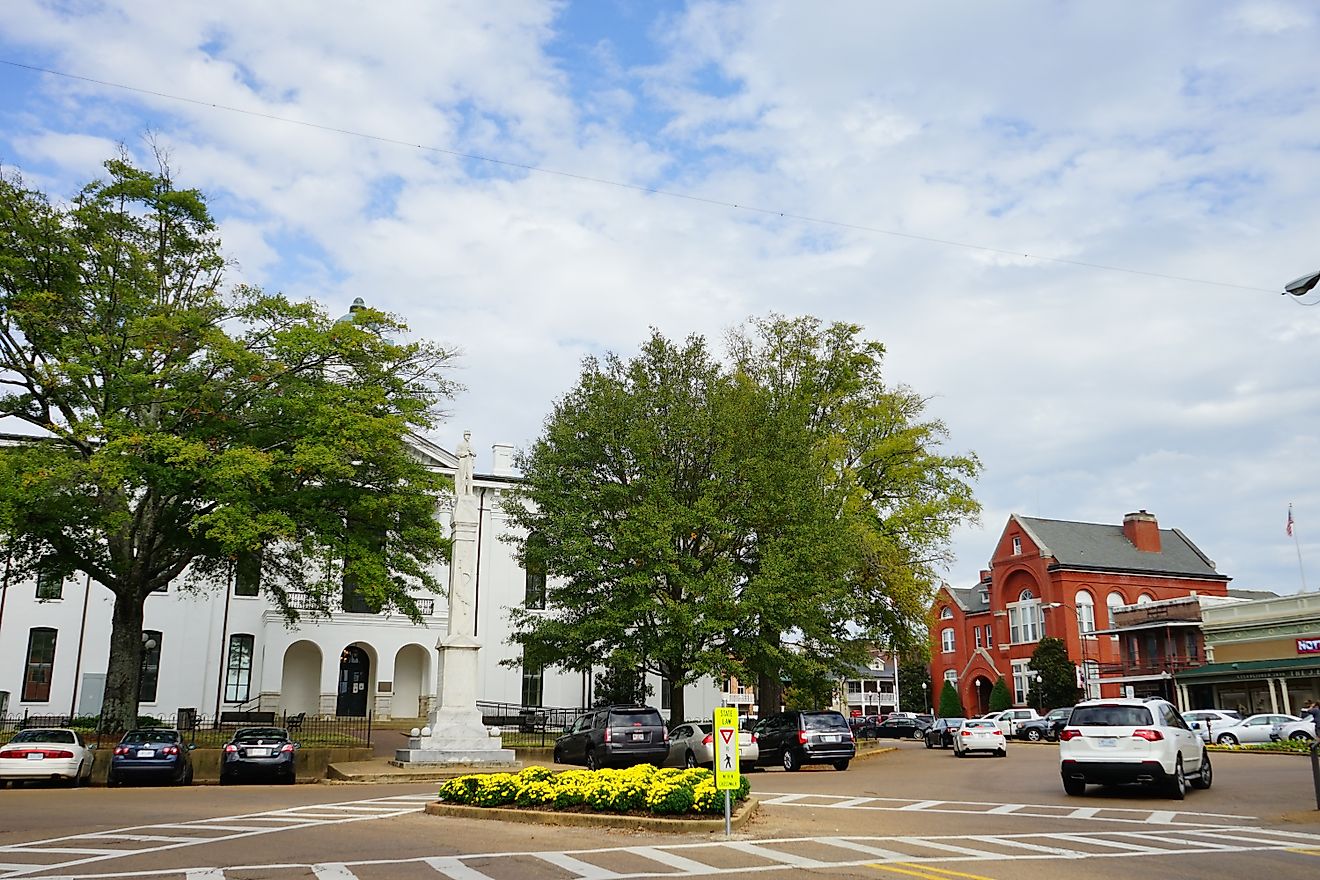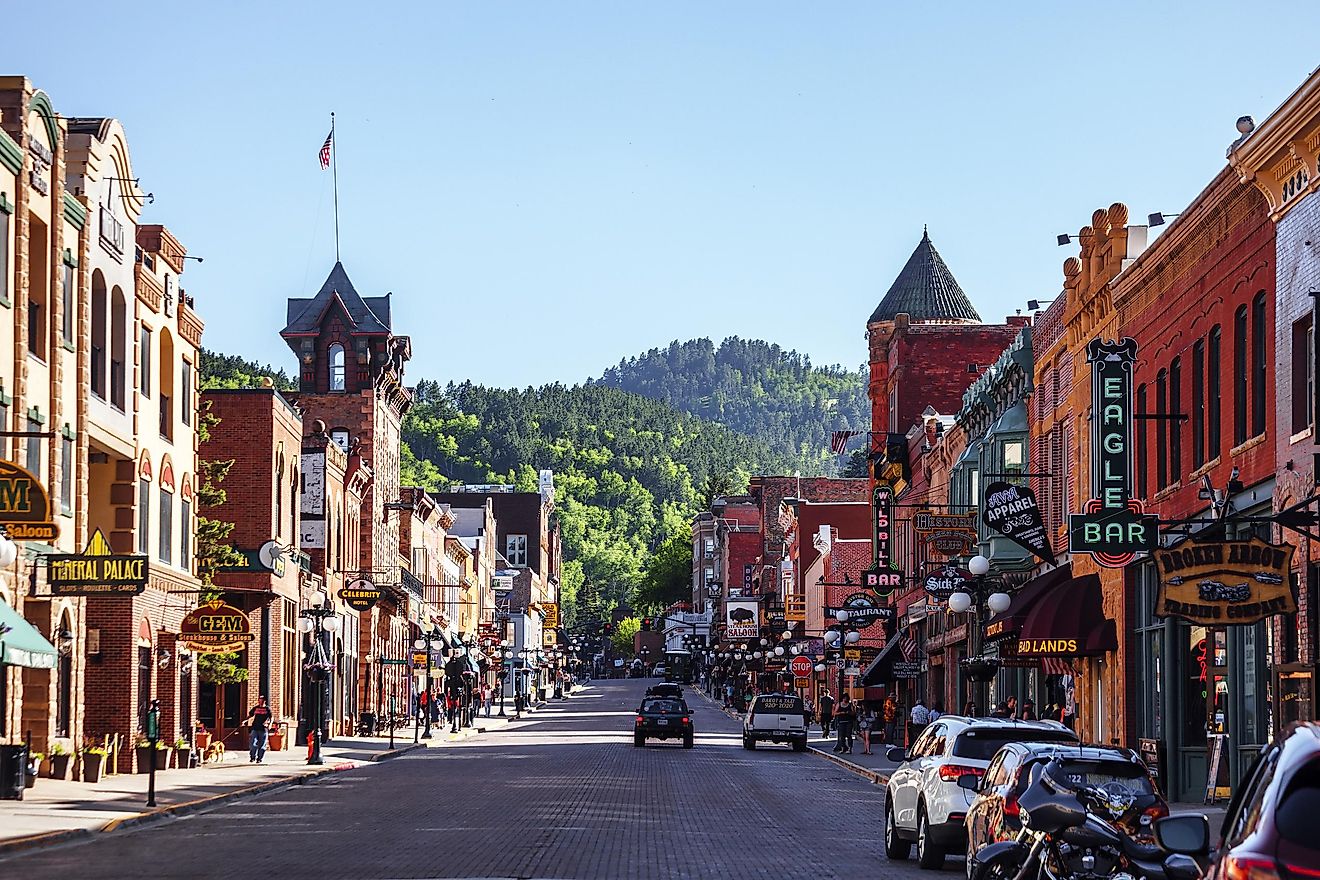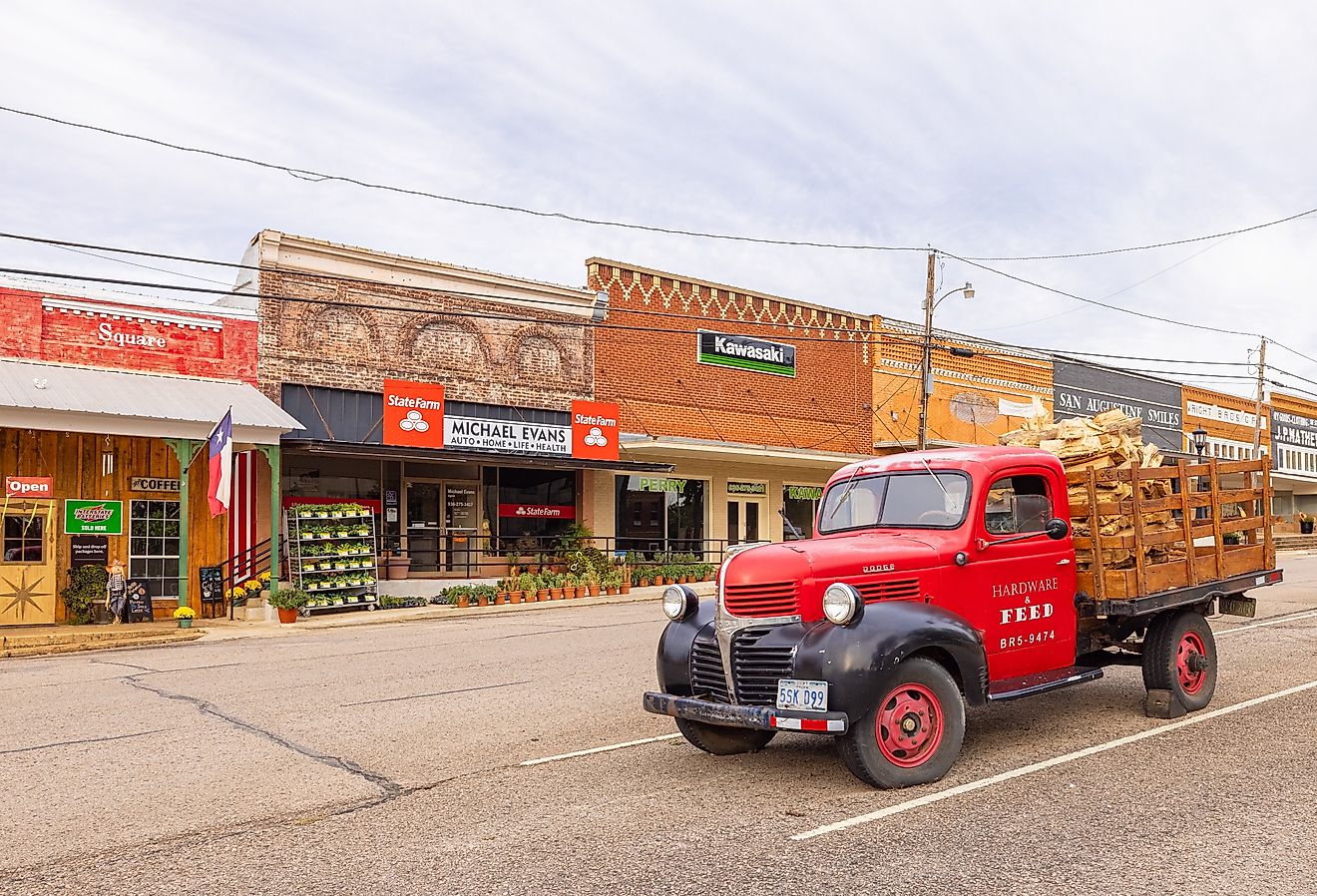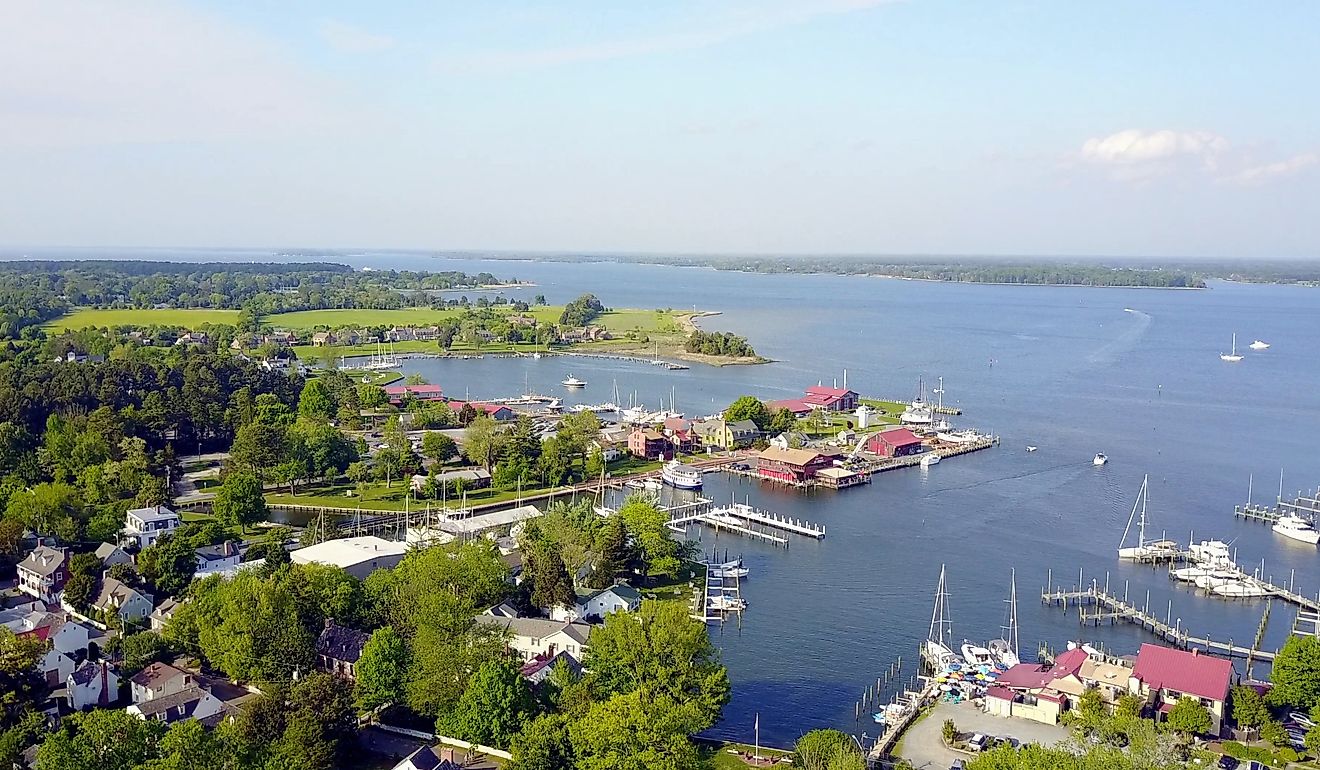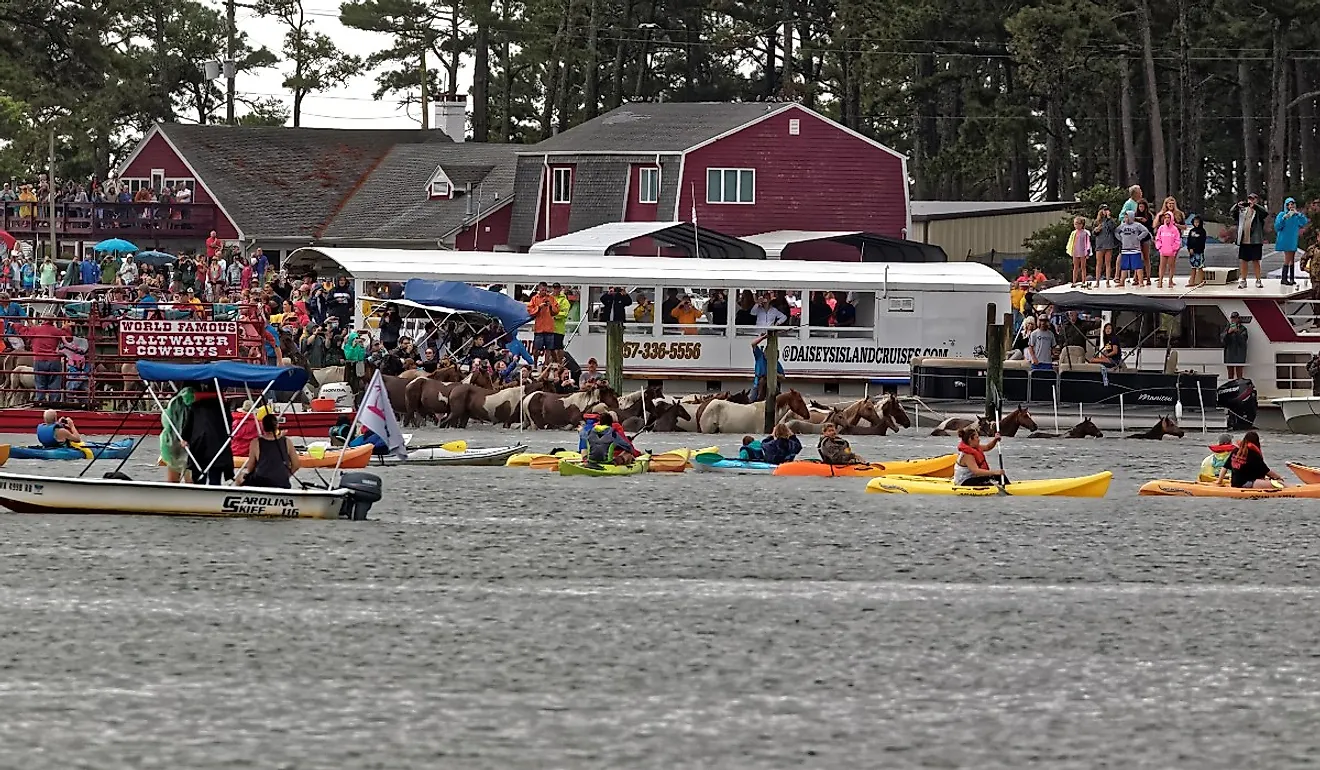
Saint Michaels, Maryland
Also referred to as St. Michaels, Saint Michaels is a small waterfront town situated in Talbot County on the eastern shore of the US State of Maryland. This small town has been named after the historic Episcopal Parish established in 1677. This Episcopal church attracted the early settlers involved in various activities like oystering, shipbuilding, and growing tobacco. The town of Saint Michaels also serves as a popular tourist destination and second-home location due to its close proximity to the Chesapeake Bay, the city of Baltimore, and Washington D.C.
Geography Of St. Michaels

The town of Saint Michaels is situated on a narrow strip of land along the 20.8km long Miles River, a tributary of the Eastern Bay and a part of the Chesapeake Bay watershed. The town covers a total area of 3.24 sq. km, of which 0.26 sq. km is occupied by water and 2.98 sq. km is occupied by land.
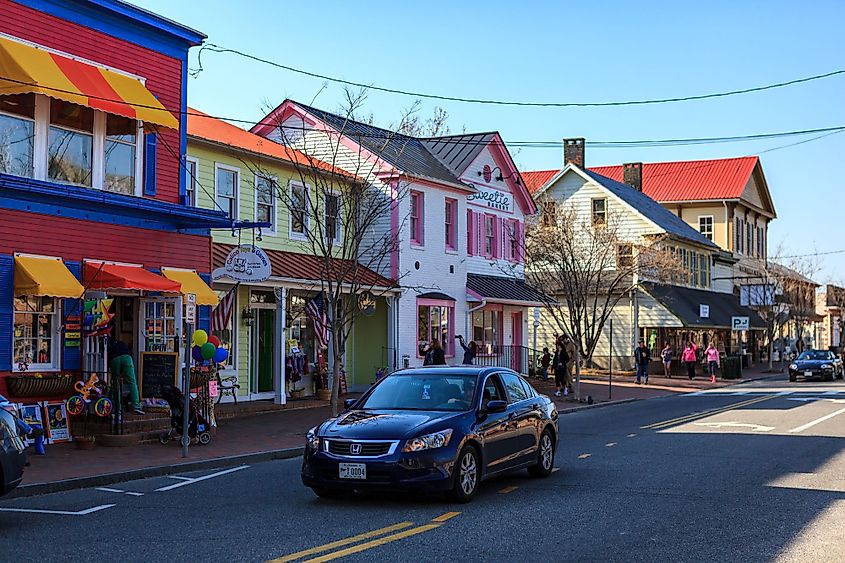
Talbot Street is the only major road that passes through the town and is lined with many colorful gift shops, art galleries, antique stores, seafood restaurants, high-quality inns, and colonial architecture. The town is well known for its extensive collection of restored 18th-century homes in Maryland. The town of Saint Michaels also offers several recreational opportunities such as boating, fishing, swimming, biking, etc., for its visitors. The Chesapeake Bay Maritime Museum hosts one of the world’s largest collections of historic watercraft and Chesapeake Bay artifacts, attracting about 95,000 visitors every year. Many tour boat cruises connect the town of Saint Michaels with the state capital city of Annapolis. A public ferryboat service also connects the town of Saint Michaels with the town of Oxford, located across the Tred Avon River.
Population Of St. Michaels

As per the 2010 census, about 1,029 people live in the town of Saint Michaels. The town’s population has decreased from the 2000 census, which showed that the town was home to 1,193 people. The town has a population density of 345.5 inhabitants per sq. km. There are also 509 households and 281 families that live in the town of Saint Michaels. About 69.0% of the town’s population is considered White, of whom most are non-Hispanic. The Hispanic group accounts for 2.9% of the town’s population, African Americans at 27.4%, Native Americans at 0.3%, Asians at 0.5% Asians, Other races at 1.4%, and 1.5% from two or more races.
Brief History Of St. Michaels

The town’s history dates back to the mid-1600s, when it served as a trading post for the trappers and the tobacco farmers. The Christ Episcopal Church of St. Michael Archangel Parish was established in 1677 and gave the town its present name, “Saint Michaels.” In the 1770s, a British land agent named James Braddock purchased about 0.08 sq. km of land and deeded 58 lots. Braddock created St. Mary’s Square as the historic center of the town of Saint Michaels. The town of Saint Michaels was incorporated in 1804. In the initial years, following the visits of many itinerant Methodist preachers, the town of Saint Michaels became predominantly Methodist. Braddock also donated land for a Methodist Church in the heart of St. Mary’s Square, and a brick structure built as Sardis Chapel in 1839 remains on that site. Shipbuilding was one of the major industries in the initial days, and by the War of 1812, as many as six shipbuilders were active in the town.
The town of Saint Michaels played a critical role in the War of 1812. The Battle of St. Michaels took place in the town in the early hours of August 10, 1813, between the British soldiers and the American militia. The British proceeded to bombard the town but eventually failed to destroy the shipyards or cause any damage to the town. In 1963, during the sesquicentennial celebration of this historic battle, the town of Saint Michaels was given the nickname “The town that fooled the British.” After the War of 1812, shipbuilding declined, and the town’s economy became entirely dependent on fishing, oystering, seafood collection, and packing. From 1970 onwards, tourism became the mainstay of the town’s economy. Several sites, including the Cannonball House, the St. Michaels Historic District, the Old Inn, Saint Michaels Mill, Victorian Corn Cribs, etc., have been added to the National Register of Historic Places.
